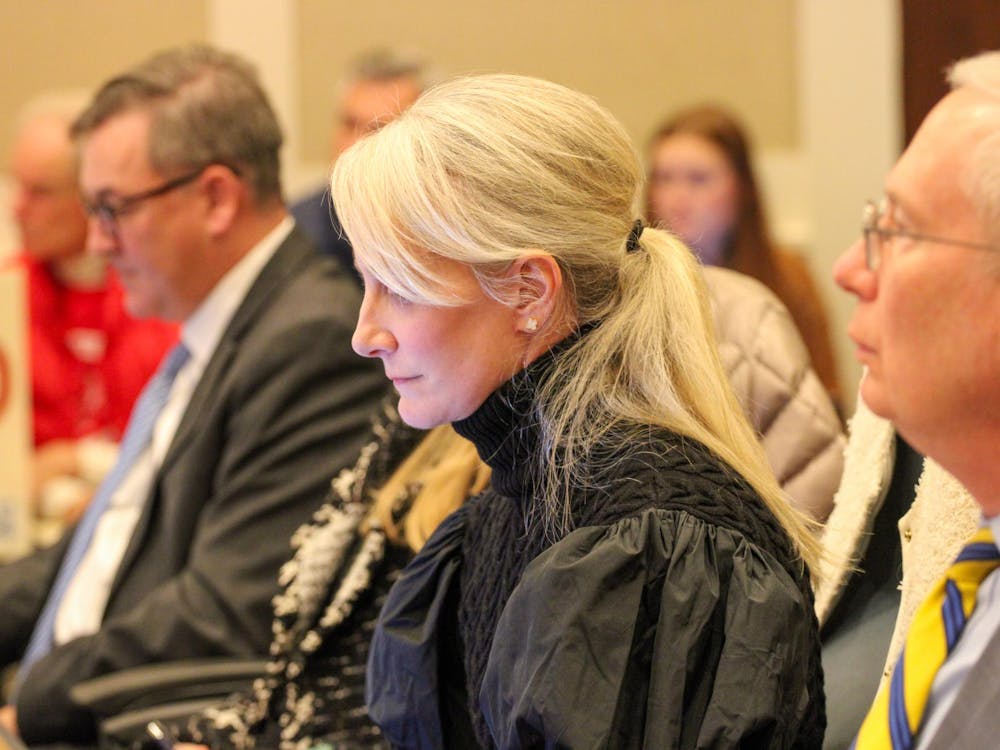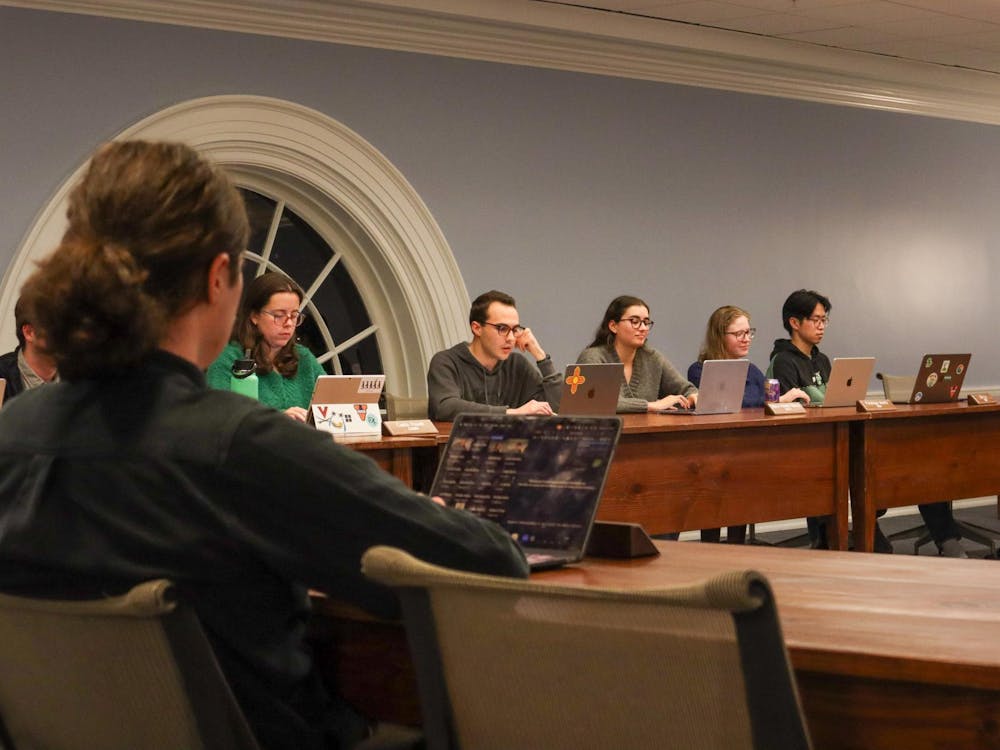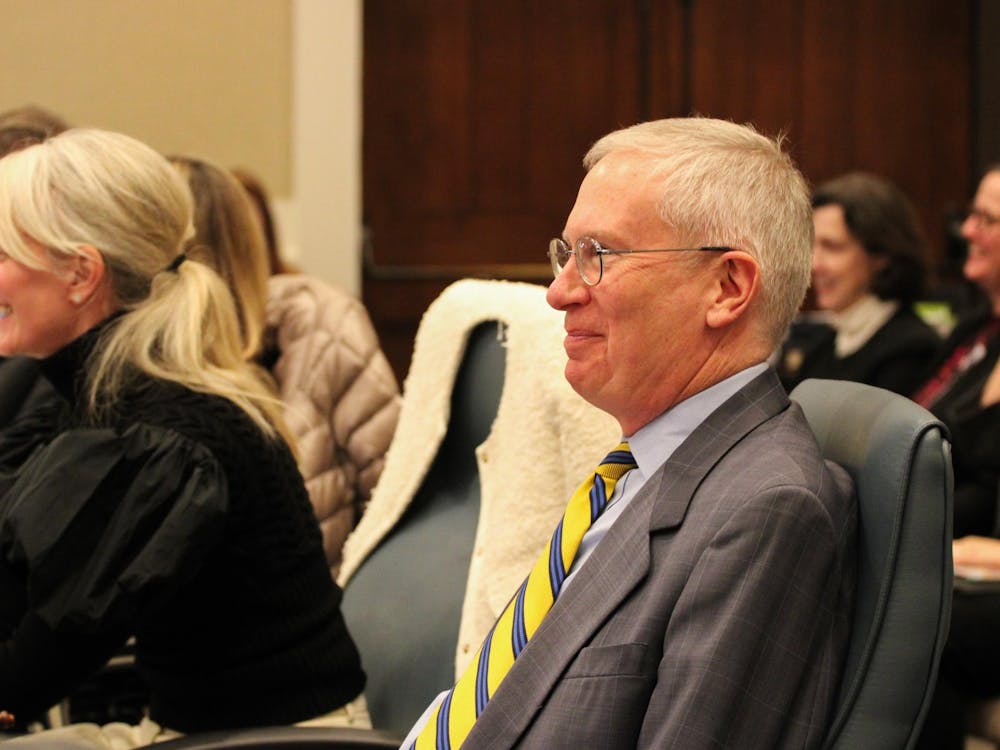Although laser surgery is a focal point in contemporary media, keratomileusis, or corneal shaping, has been used since the 1960s to correct nearsightedness.
LASIK (Laser-Assisted Stromal In-Situ Keratomileusis), is the newest method of correcting vision problems in the line of different keratomileusis variants, and it appears to be the first largely marketable version of the procedures.
First, anesethetizing drops are placed in the eye, and the surgeon marks the eye, to show where the cornea will be cut. Then, through use a suction ring, the eyeball becomes firm enough for the cutting to take place and have the flap moved out of the way. Finally, a computer-controlled laser is used to remove tissue by vaporizing it, to reshape the cornea, correcting the vision.
LASIK inflicts less discomfort than other procedures and has a quick recovery time.
According to Opthamology Asst. Prof. Leslie Olskovsky, the only doctor in the University Hospital system to perform the procedure right now, the procedure has been popular.
"We're pretty active, and we've noticed an increase in recent months in the requests for the procedure," she said.
Because the laser procedure vaporizes the cornea tissue, instead of slicing away pieces of the cornea, patients heal more quickly, and with fewer complications. But this wasn't always the case.
Willis Eye Associates of Fredricksburg, Va., sponsored a general interest meeting last week in Charlottesville describing the corrective surgery.
"It is very important that [the patients'] expectations are reasonable and [they] understand the possible ways in which [their] expectations might not be met " said Amos Willis, one of the first surgeons in the United States to do Automated Lamellar Keratoplasty, a precursor to LASIK.
"We expect over 95 percent of our patients to be at least 20/40 or better and over 75 percent to be 20/25 or better," he said.
Traditional 20/20 vision means a person standing at 20 feet from an object should see what a person with normal vision should see. A person with 20/40 vision needs to go to 20 feet to see what a person with 20/20 can see at 40 feet.
For patients who have extremely severe problems, the procedure will reduce the heaviness of the prescription, but will not reduce to 20/20 vision.
If a person does not need glasses immediately following this procedure, it does not mean that he will not ever be burdened with glasses again.
"LASIK can't slow the natural aging process. Most of us will need reading glasses by age 50 despite the corrective measures you take now," said Thomas Falkenberg, a doctor with Willis Eye Associates at the interest meeting.
Farsightedness and astigmatisms tend to be a little more difficult to correct than nearsightedness.
Though it is better if a patient does not smoke or have high blood pressure, few pre-existing conditions keep people from being candidates for the procedure.
"Non-ideal patients are most likely those with extremely high prescriptions," Falkenberg said.
Age is also a factor in deciding whether or not the procedure is appropriate.
"Eyes don't stop changing until you're in the 20s," Olskovsky said. "So it would be necessary to wait for a later age for the procedure to be done safely.
The procedure, done on both eyes the same day, takes about an hour from beginning to the end, with the actual laser surgery taking less than a minute. Most people are able to drive themselves home following the surgery, but it usually is not recommended. Most patients experience slightly sore eyes and a burning sensation lasting from a few hours to a few days. In addition, a patient's eyes may be a little more sensitive to light, but this too only last a few days, according to LaserSight Incorporated, the company which owns the rights to the procedure.
Despite all the laurels LASIK has been receiving, the procedure is expensive.
LASIK costs about $2,000 per eye, Olskovsky said. Because the surgery is not considered essential, most insurance companies will not pay for it. In addition, the figure may not cover the cost of the entire visit. Most patients need medicated eyedrops and check-up visits, according to LaserSight.
But some say it is certainly worth the price.
"It's the best money I have ever spent, and I love not having to wear my glasses" said David Williams, a 37-year-old businessman from North Carolina who attended the information session.






